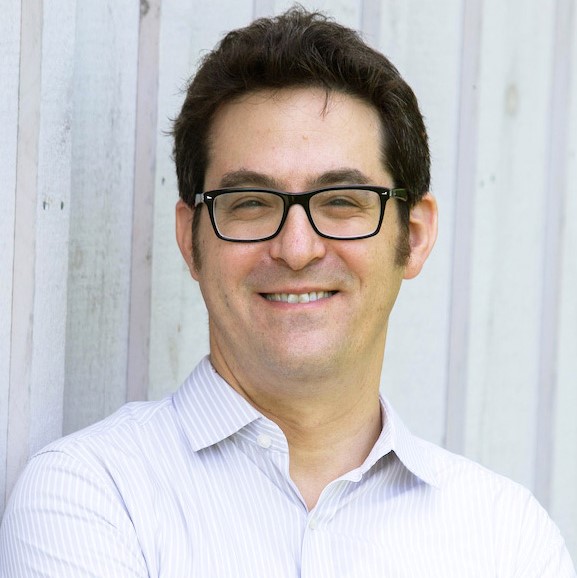
Sam Sober, PhD
The singing of Bengalese finches led Samuel Sober, PhD, to a breakthrough technology for understanding how the brain controls movement and the processes of sensorimotor learning.
“Songbirds are the best model system for understanding how the brain controls complex vocal behavior, and one of the best systems for understanding control of motor behavior in general,” says Sober, Emory associate professor of biology.
This breakthrough comes after decades in the neuroscience field. After getting his bachelor’s in neuroscience and behavior, Sober pursued a doctorate in neuroscience at the University of California, San Francisco. His doctoral thesis researched human motor planning and sensory integration. It was in San Francisco that Sober started focusing on the physiology of motor control and motor learning in songbirds.
A new technology takes flight
Once at Emory, Sober and his lab collaborated with the lab of Muhannad Bakir, an electrical engineer at Georgia Tech. Together, the two labs developed devices able to record the activity in muscle cells – and the neurons that control them – in finches as they sang. These little devices would prove to have many more uses beyond birds.
The researchers developed flexible electrode arrays that include microscopic 3D contacts for recording muscle activity. Each microarray includes one or more threads about the width of a human hair. “Basically, the devices are so tiny that they no longer function like a sheet of plastic, but like a suture thread that you can sew into a muscle,” Sober explains. “You can also load them into a syringe and inject them into a muscle, so the technology is minimally invasive.”
Since the first iteration of the microarray biosensors, the inventors have adapted them to different sizes and shapes so that they can record neuromuscular activity in a variety of animal models, from songbirds and mice to monkeys and now humans.
“We’re providing a platform to allow researchers to reveal the mechanisms of motor agility across the tree of life,” says Sober, who is also director of the Simons-Emory International Consortium on Motor Control. “Gathering and sharing information across species is speeding up discoveries in the field of neuroscience.”
A culture of helping each other
The microarray biosensors created by the Emory-Georgia Tech collaboration mark a significant technological breakthrough. For the first time, neuroscientists can now record high-resolution data, at the level of a single cell, across large groups of muscles.
“It’s been a fun working relationship,” Sober says. “The engineers have been learning about neuroscience while my group has been learning more about fabrication.”
Partnering with researchers and mentoring students are two important tasks for Sober. While he’s been honored with several awards for both research and mentorship, he’s passionate about outreach – just take a look at his CV for the service he’s done. For Sober, it’s the awards for mentorship that are particularly meaningful. Upon receiving the national Landis Award for Outstanding Mentorship in 2021, Sober told Emory News Center that the honor far exceeds any other awards.
“Creating a good environment for people to learn to become better neuroscientists and a culture of helping each other learn is very important to me,” said Sober.
Small technology, big impact
The inventors see the potential for a range of clinical contexts, including more precise diagnostics and better ways to measure the effectiveness for treatments of neurodegenerative diseases. The new microarray biosensors may also help improve the design of prosthetics and brain-machine interfaces.
“I never thought when we started developing devices to measure neuromuscular activity in songbirds that it would lead to a better device to measure and study human physiology,” Sober says. “This project has been a huge effort involving many people over years. It’s been an extremely satisfying project to work on because the methods we’ve created are now being applied in so many other settings to answer questions about other species, muscles, and behaviors. So maybe the most important thing that the finches have taught me is that large collaborative research projects often pay off in unexpected ways.”
It’s important to follow such opportunities as they arise, he adds. “Go wherever the science takes you,” Sober advises other researchers. “You never know where that may lead you.”